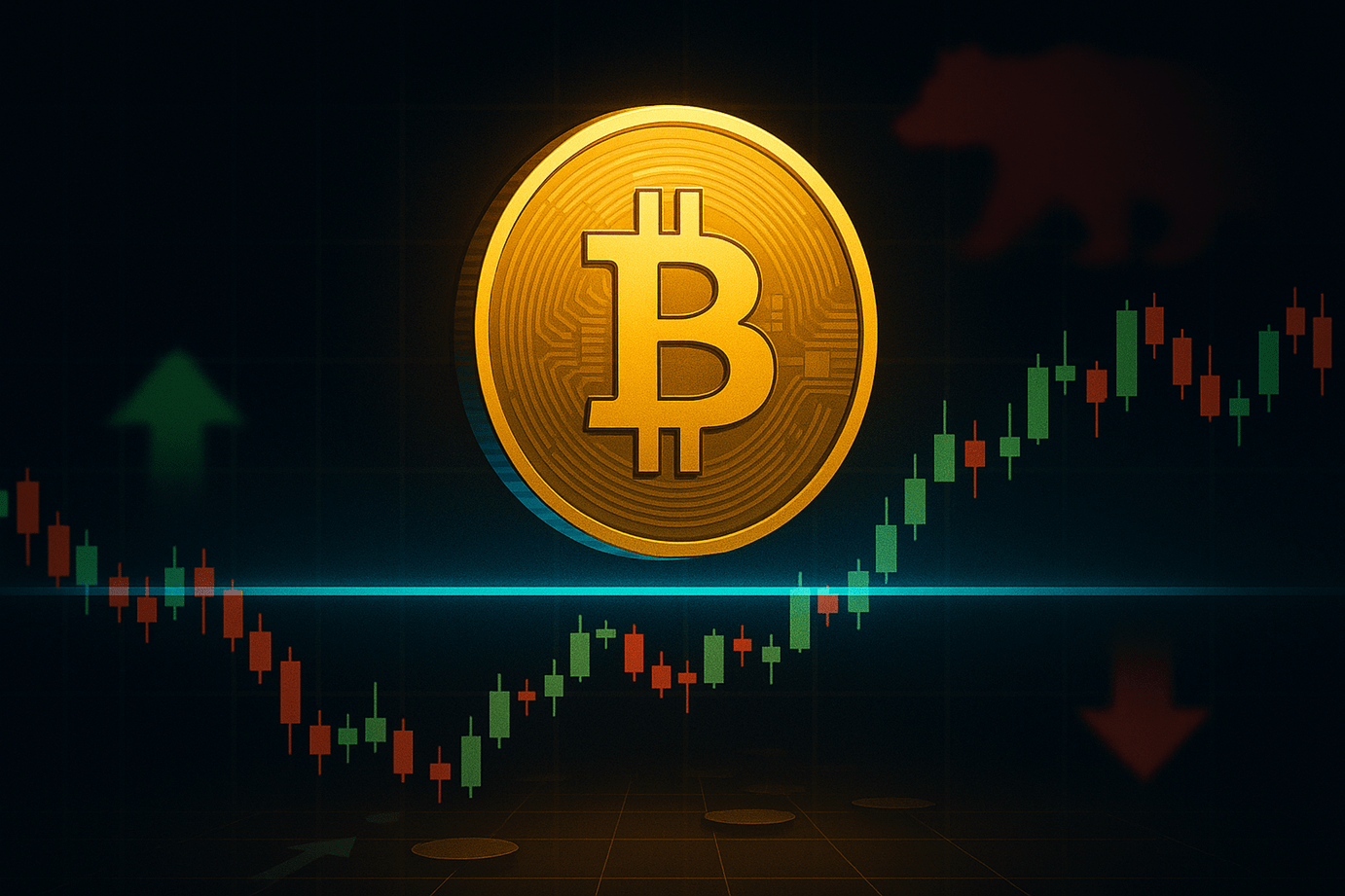Deutsche Bank’s Research Institute argues that Bitcoin is on observe to take a seat alongside gold in central financial institution reserves by the top of this decade, supplied present adoption and market-structure traits persist. In a paper revealed on September 22, 2025, analysis analysts Marion Laboure and Camilla Siazon conclude “there may be room for each gold and Bitcoin to coexist on central financial institution steadiness sheets by 2030,” positioning the 2 belongings as complementary hedges reasonably than opponents for a similar reserve slot.
Central Banks Will Embrace Bitcoin Like Gold By 2030
The report frames its thesis in opposition to a 12 months during which gold has once more validated its defensive function. Spot costs set a document excessive above $3,700 per ounce in September, buoyed by geopolitical uncertainty, continued central-bank purchases, expectations of extra Federal Reserve fee cuts, and questions on Fed independence. Those drivers, the authors word, have bolstered gold’s standing as a safe-haven and a core portfolio diversifier for official establishments.
Running in parallel, Bitcoin has displayed uncharacteristic composure at elevated worth ranges. After surpassing $123,500 on August 15, the asset has traded near all-time highs, which Deutsche Bank reads as proof of deepening institutional adoption and an “rising standing as a possible macro hedge.” The authors explicitly consider whether or not Bitcoin meets key reserve-asset standards—volatility, liquidity, strategic worth and belief—and discover that whereas it nonetheless falls quick on belief and transparency as we speak, its trajectory resembles an earlier section in gold’s personal evolution.
A central plank of the case is volatility. The analysts acknowledge that Bitcoin “nonetheless lacks key elements of a reserve asset: belief and transparency,” but argue that the market’s maturation is starting to compress realized swings.
They level to a notable marker in August, when Bitcoin’s 30-day volatility declined to 23% whilst spot costs pushed to information. That “mixture suggests we could also be witnessing the beginning of a gradual decoupling between Bitcoin’s spot costs and volatility because the crypto’s integration into portfolios is maturing,” probably signaling a extra sturdy regime change past episodic hypothesis.
Regulatory readability is solid because the catalyst: with US initiatives, the EU’s MiCA framework and the UK FCA’s crypto roadmap “accelerating,” Deutsche Bank expects deeper liquidity and, over time, decrease volatility—preconditions for reserve acceptance.
Will Bitcoin Replace The US Dollar?
The authors are cautious to not overstate Bitcoin’s endgame. They write that neither Bitcoin nor gold is more likely to supplant the US greenback as the first reserve asset or cost medium. History is instructive: within the Nineteen Thirties and Seventies, US authorities intentionally curtailed the worldwide system’s reliance on gold when it was seen as threatening greenback primacy.
Policymakers as we speak, the report contends, will likewise be sure that Bitcoin and different digital belongings “don’t threaten the sovereignty of their currencies.” In different phrases, coexistence on steadiness sheets doesn’t equate to displacement of the greenback on the system’s core.
If the vacation spot is coexistence, the portfolio case hinges on diversification properties—and right here Deutsche Bank presents a decade-plus of correlation information. Since 2011, Bitcoin’s correlations have been low or near-zero with most conventional belongings, whereas remaining tightly linked to Ethereum.
The figures cited are 79% with Ethereum, 12% with the Russell 2000, 10% with the S&P 500, 8% with the Nasdaq 100, 3% with gold, 1% with WTI crude, 1% with US 10-year Treasuries, 1% with 2-year Treasuries, and −7% with the US Dollar Index.
Gold’s sample over the identical interval seems markedly totally different: stronger constructive correlations with charges markets (30% with the 10-year, 25% with the 2-year), modest constructive hyperlinks to equities and commodities (12% with each the S&P 500 and Russell 2000; 14% with WTI; 9% with the Nasdaq; 11% with Ethereum; 8% with Bitcoin), and a pronounced destructive relationship with the Dollar Index at −48%.
Taken collectively, the collection indicate that gold and Bitcoin diversify throughout totally different channels: gold in opposition to greenback power and actual charges, Bitcoin in opposition to threat elements that don’t neatly map onto conventional macro exposures. That complementarity underpins the reserve-allocation logic.
The historic analogy is specific. “This time isn’t totally different,” the authors write, arguing that gold “was as soon as topic to skepticism, suspicion and demand hypothesis,” and that its path to order orthodoxy was marked by episodes of volatility and sentiment swings.
These Central Banks Could Adopt BTC First
They see Bitcoin adoption persevering with as demographics, macro situations and—crucially—time enable extra of the general public to “embrace Bitcoin as a retailer of worth.” In their view, the pattern is secular reasonably than cyclical, with human desire periodically shifting towards various belongings that sit exterior standard monetary structure. “So lengthy as we’re human,” they add, “Bitcoin and different various belongings will probably proceed to compete for our consideration.”
The geography of adoption issues as nicely. Deutsche Bank sees a very sturdy reserve-use case in rising markets, the place capital controls and forex instability are recurring options. Citing nations reminiscent of Argentina, Egypt and Nigeria, the paper argues that Bitcoin may help holders circumvent capital controls and is “more and more seen as a workable various to comparatively unstable native currencies.” That argument doesn’t require world financial hegemony; it requires localized, useful demand and the institutional preparations—custody, liquidity, regulatory guardrails—that make such demand sturdy.
What would get Bitcoin into central financial institution vaults? The report’s reply is incrementalism. Greater regulatory harmonization, rising transaction volumes and progressively deeper two-way liquidity are anticipated to proceed compressing volatility and addressing the belief deficit.
The authors body Bitcoin and gold not as substitutes vying for a single reserve slot, however as “complementary permutations to central financial institution portfolios” owing to their low correlations with different asset lessons, comparatively scarce provides, and roles as hedges in opposition to inflation and geopolitical threat. The institutional North Star stays unchanged—greenback centrality and forex sovereignty. Within that structure, nonetheless, Deutsche Bank’s base case is a gradual broadening of the reserve palette.
At press time, BTC traded at $112,797.

Featured picture created with DALL.E, chart from TradingView.com

Editorial Process for bitcoinist is centered on delivering totally researched, correct, and unbiased content material. We uphold strict sourcing requirements, and every web page undergoes diligent overview by our staff of prime expertise specialists and seasoned editors. This course of ensures the integrity, relevance, and worth of our content material for our readers.









